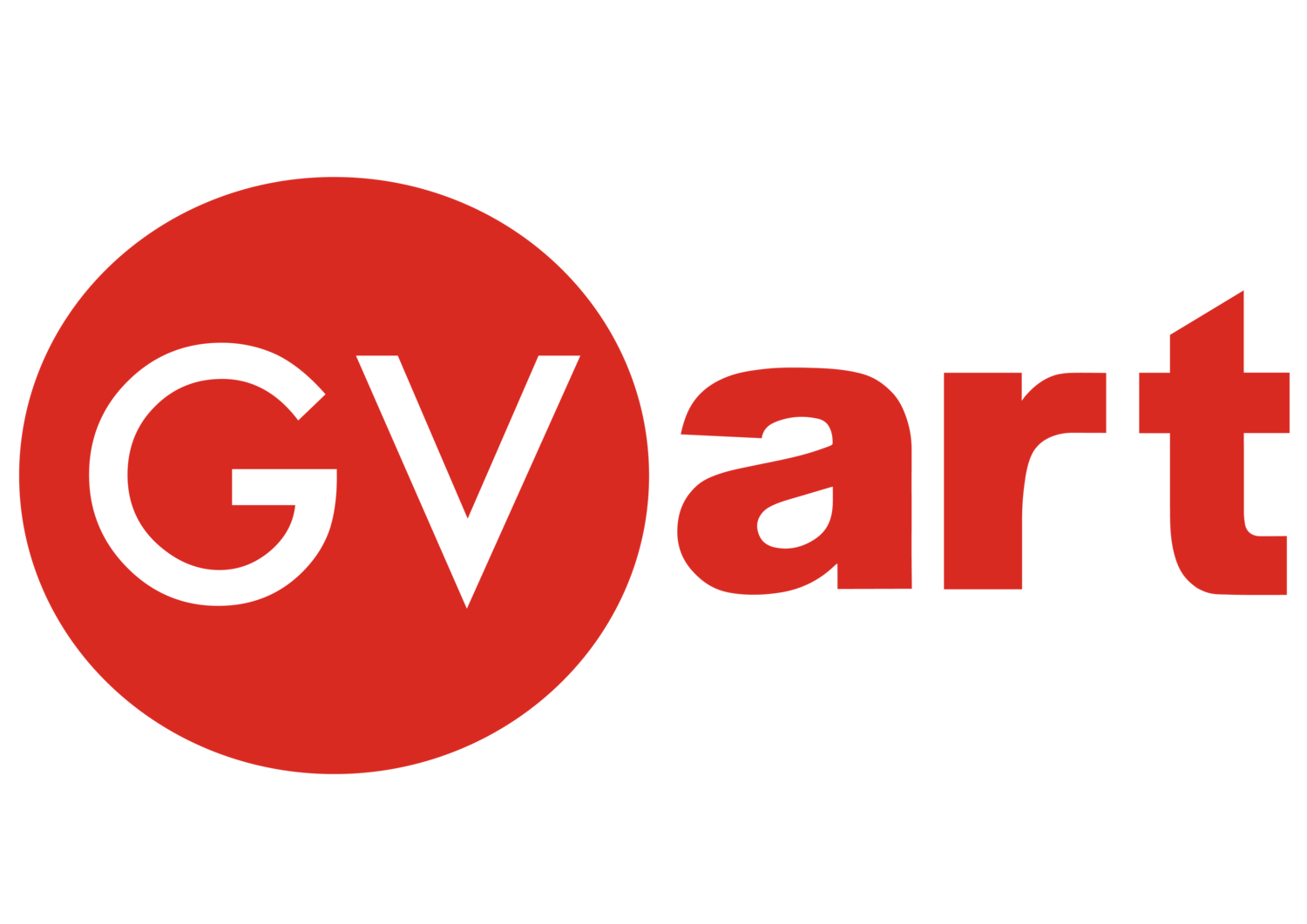GV Art & Mind Symposium #21 | Tuesday 25 March 2014, from 7pm
GV Art & Mind Symposium #21
25 March 2014, from 7pm
£20 per person to include 2 course meal and wine, payable in cash on the evening
RSVP essential to Garry Kennard, at garry.kennard@btopenworld.com
Presentation by Prof. Morten L. Kringelbach
Emotion. Pleasure and pain in the brain
Emotions are central to art and an intrinsic part of what makes us human; they underpin how we feel about ourselves, and our interactions with others.
Emotion presents the fundamental principles of the neural mechanisms underlying emotional processing as well as reviewing our current scientific understanding of pleasure and emotion. The book takes the reader from everyday conceptions of pleasure and emotion through to the latest insights into the nature and functions of emotions at the interface of psychology and neuroscience, before exploring topics such as the nature of subjective experience and future possibilities including emotions in silico.
www.kringelbach.dk/mlk_emotion.html
Biography
Professor Morten L. Kringelbach is interested in understanding the functional neuroanatomy of pleasure in its many forms using a range of behavioural, neuroimaging, neurosurgical and computational methods.
He is the Director of Hedonia: Trygfonden Research Group, a unique transnational research collaboration between Oxford and Aarhus universities.
Annie Cattrell, Pleasure-Pain, rapid prototyped SLS, collaboration with Prof Morten L Kringelbach
Morten Kringelbach has also collaborated with Annie Cattrell on making artworks. One of the artworks “Pain/Pleasure” has been previously exhibited at GV Art (2010 & 2012), about which Professor Martin Kemp wrote in Nature:
“The latest collaborative artwork from neuroscientist Morten Kringelbach and artist Annie Cattrell reveals – and revels in – sensory dialogues in the brain… Their new sculpture Pleasure/Pain – which I deliberately attribute to both of them – models the structural connections of a small region in the brainstem, the periaqueductal grey, as revealed by a method of magnetic resonance imaging called diffusion tensor imaging.
The piece explores the links that might be activated during sensations of pleasure and pain.
… Cattrell and Kringelbach are telling us that art can be as rationally founded as Renaissance theorists insisted, and that science can be as suggestively open as the act of looking itself. ”
Excerpt from www.kringelbach.dk/papers/Nature_Kemp2010.pdf

